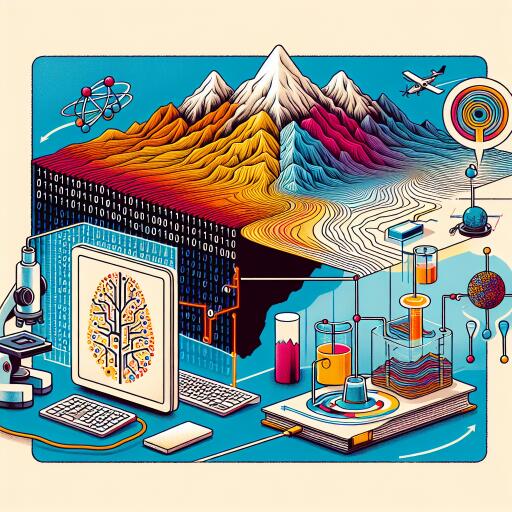Machine Learning Revolutionizes Crustal Deformation Forecasting Over Tibetan Plateau
In a groundbreaking study led by scientists from the Wadia Institute of Himalayan Geology, an autonomous institute under the Department of Science and Technology (DST), Government of India, machine learning technologies have been harnessed to revolutionize the forecasting of crustal deformation over the Tibetan Plateau. This innovative approach not only enhances our understanding of plate movements but also pioneers a more efficient and cost-effective methodology for geodesic studies.
Monitoring the shifts and movements of the Earth’s crust requires sophisticated technology and a wealth of data. Up until now, this task has largely relied on Continuously Operating Reference Stations (CORS) and campaign-mode GPS surveys. These methods, while effective, are marred by logistical challenges, geographical limitations, and high costs. Additionally, the difficulty in setting up these stations in ideal locations often leads to significant data gaps, impeding the research into crustal movements.
The introduction of machine learning (ML) techniques into this field proposes a powerful solution. By employing advanced ML methods such as support vector machines, decision trees, and Gaussian process regression, researchers have developed a highly accurate model for predicting Earth’s crustal movements without the need for extensive ground-based monitoring networks.
The study, published in the Journal of Asian Earth Sciences, analyzed data from 1,271 GPS stations across the Tibetan Plateau and surrounding regions. The dataset was split into two groups: 892 stations were utilized to train the machine learning models, and the remaining 379 served as a test for these newly developed algorithms.
A crucial finding of this study is the ML models’ proficiency in forecasting velocity vectors, particularly in terms of easting velocity (VE) and northing velocity (VN). A high correlation was observed between the ML-predicted velocities and the actual recorded velocities, proving the models’ reliability in estimating geodetic velocity vectors. Remarkably, the study demonstrated that by inputting arbitrary GPS site locations into these trained models, scientists could predict VE and VN with striking accuracy, closely matching those recorded by nearby GPS stations.
This breakthrough signifies an immense leap forward in geodetic studies. By leaning on machine learning, scientists can now predict crustal deformations in areas where installing traditional monitoring equipment is not feasible. The efficiency, accuracy, and reduced cost offered by ML technologies are poised to revolutionize how researchers approach the study of plate movements and crustal dynamics.
The success of this research not only showcases the potent potential of machine learning in geodesy but also opens up new avenues for exploration and understanding in the realms of Earth science. As technology continues to advance, it is clear that machine learning will play a pivotal role in unraveling the complexities of our planet’s structural behavior, marking a new era in crustal deformation forecasting.










